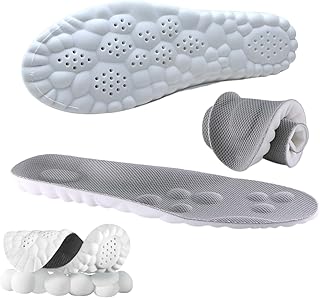Orthopedic surgeon Chia Soo and her husband, orthodontist Eric Kang Ting, embarked on groundbreaking research at the University of California, Los Angeles (UCLA), delving into the realm of bone development and its potential applications beyond Earth. Their journey began with a visit from NASA Deputy Director Julie Robinson, sparking a realization that their expertise could contribute to space research. This encounter led to a grant from the Center for the Advancement of Science and Space (CASIS) to explore a new molecule designed to combat bone density loss, a prevalent issue in extended space missions.
Their innovative molecule, developed to counteract bone loss induced by spaceflight, held promise not only for astronauts but also for individuals on Earth grappling with osteoporosis. The couple’s extensive background in craniofacial anomaly research paved the way for this new frontier. Eric Kang Ting’s groundbreaking work in identifying the Nell-1 protein’s role in bone growth laid the foundation for their space exploration. Through meticulous studies on rodent models, they uncovered the potential of human recombinant NELL-1 protein in mitigating bone loss and osteoporosis.
However, the transition of their treatment to space presented challenges, particularly in administering injections due to the astronauts’ limited availability. To address this, they collaborated with bioengineer Benjamin Wu to enhance the molecule’s efficiency by prolonging its half-life and targeting bone specifically. The modified molecule, BP-NELL-PEG, exhibited promising results in enhancing bone cell differentiation and reducing bone degradation markers when tested on Earth.
The culmination of their efforts culminated in a momentous launch to the International Space Station (ISS), where astronauts Peggy Whitson and Jack Fisher meticulously administered BP-NELL-PEG to mice, marking a significant milestone in space research. The successful return of the mice showcased the molecule’s potential in maintaining bone density in microgravity conditions.
Experts like microbiologist Michael Roberts praised the study’s significance in modeling space-induced bone loss and urged further exploration through clinical trials. The couple’s relentless pursuit of scientific advancement extends beyond space research, with ongoing investigations into the interplay between bone and brain development.
While their work holds promise for diverse applications, including potential clinical trials for craniofacial conditions, Chia Soo and Eric Kang Ting remain steadfast in their dedication to pediatric patients with craniofacial anomalies. Their unwavering commitment to scientific innovation and compassionate patient care underscores the profound impact of their research endeavors.
As they navigate new horizons in bone health and space exploration, the couple’s collaborative spirit and shared passion continue to drive groundbreaking discoveries, shaping the future of medical research and space travel.
📰 Related Articles
- Menstrual Cups Pass Space Test: Vital Step for Astronaut Health
- Loughborough, Swansea Universities Pioneer CdTe Solar Technology for Space
- Zimbabwe Study Reveals High Uptake of Menstrual Health Services
- Youth Report Urges Action on Mental Health and Education
- World Thyroid Day: Understanding Thyroid Disorders for Better Health






